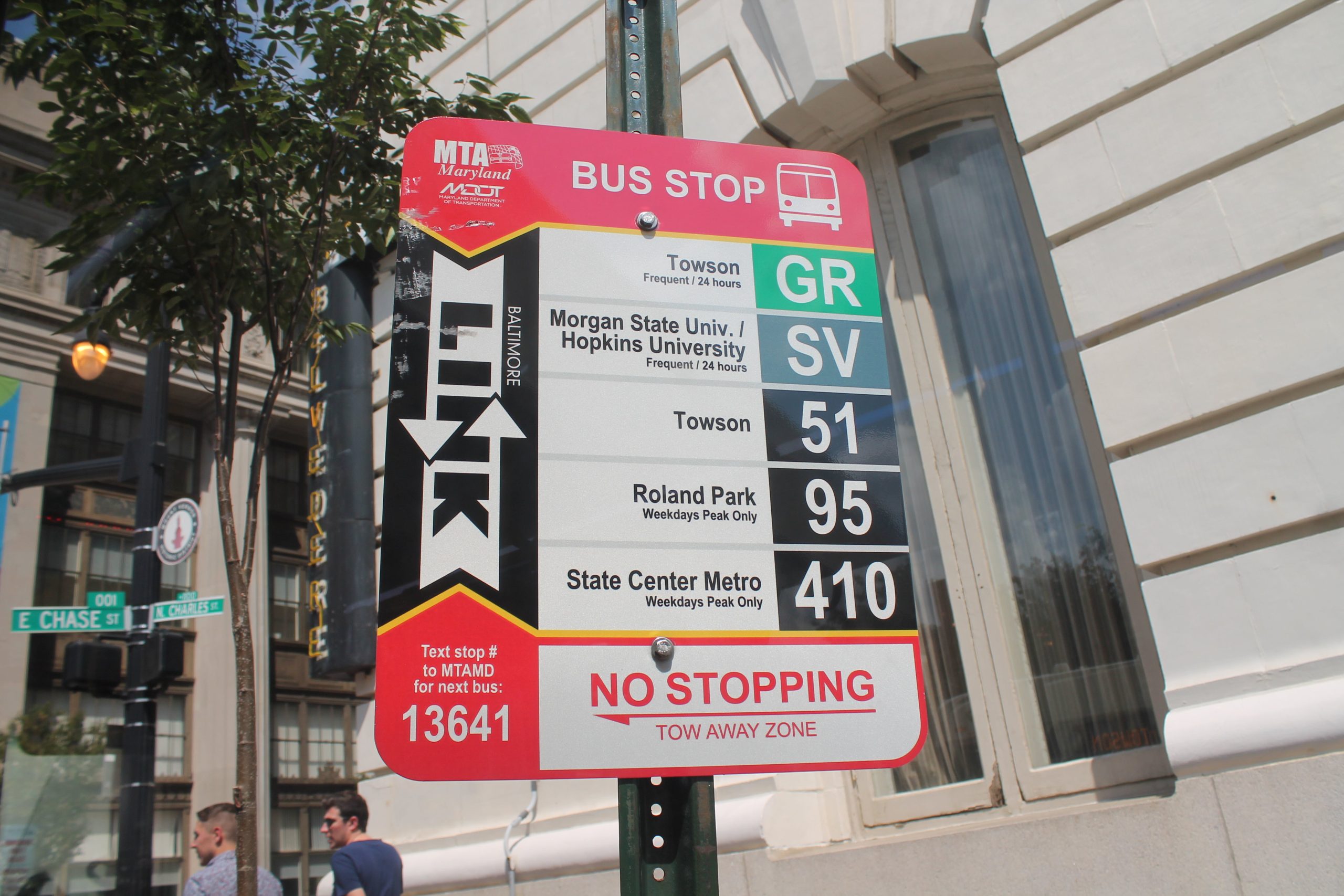As a new commuter, the idea of using city bus services can be daunting. However, with the right information and a positive attitude, you can easily master this efficient and eco-friendly mode of transportation. This article aims to provide you with all the necessary knowledge to confidently navigate city bus services and make your commute a breeze.
Understanding City Bus Services
City bus services are public transportation systems that operate within urban areas, connecting various neighborhoods, commercial districts, and public facilities. These services are designed to provide affordable, convenient, and environmentally friendly transportation alternatives to private vehicles. To ensure a smooth and enjoyable commuting experience, it is essential to familiarize yourself with the following aspects of city bus services:
- Routes and Schedules: City bus services typically operate along fixed routes and bus schedules. Familiarize yourself with the routes and timings of the buses that serve your area, keeping in mind factors like traffic and seasonal variations that may affect the actual arrival and departure times.
- Fare Structures: City bus services usually have a variety of fare options, such as single-ride tickets, daily, weekly, or monthly passes, and discounted fares for students, seniors, and low-income commuters. Choose the fare option that best suits your commuting needs and budget.
- Accessibility: Ensure that the city bus services you plan to use are accessible to all passengers, including individuals with disabilities, senior citizens, and parents with strollers. Look for features like wheelchair ramps, designated seating areas, and bike racks.
Planning Your Commute
Effective trip planning is crucial for a successful city bus commute. Follow these steps to plan your journey:
- Identify Your Starting Point and Destination: Determine the exact locations where you will board and exit the bus. This may include your home, workplace, school, or any other frequently visited places.
- Locate Bus Stops: Find the nearest bus stops to your starting point and destination. Most cities have online maps and applications that display bus stop locations, routes, and schedules.
- Determine the Best Route and Bus Schedule: Based on your starting point, destination, and time constraints, select the most convenient bus route and schedule. Consider factors like the number of transfers required, total travel time, and wait times at bus stops.
- Prepare Your Fare: Purchase the necessary fare options in advance to avoid delays and inconveniences. Some cities offer mobile apps or smart cards that allow you to pay fares and track bus arrivals in real-time.
Boarding and Riding the Bus
Once you have planned your commute, follow these guidelines for a smooth boarding and riding experience:
- Arrive Early: Aim to arrive at the bus stop a few minutes before the scheduled arrival time. This will give you ample time to locate the bus stop sign, ensure you are at the correct location, and prepare for boarding.
- Signal the Bus Operator: As the bus approaches, signal the operator by extending your arm to indicate that you wish to board.
- Pay Your Fare: Upon boarding, pay your fare using the appropriate method. If you are using a smart card or mobile app, tap it on the reader or follow the on-screen instructions to validate your fare.
- Find a Seat: Locate a suitable seat, keeping in mind priority seating for individuals with disabilities, seniors, and parents with strollers.
- Observe Bus Etiquette: Be respectful to your fellow passengers and the bus operator by observing basic etiquette rules, such as keeping noise levels low, not occupying more than one seat.
- Prepare for Exiting: As the bus approaches your destination, gather your belongings and prepare to exit. Press the stop request button well in advance to ensure the bus operator has sufficient time to stop at the correct location.
Safety and Security
For a safe and secure city bus commute, keep the following tips in mind:
- Secure Your Belongings: Keep your personal belongings close and avoid displaying valuable items openly. Use anti-theft bags or purses with secure closures and consider using a backpack with multiple compartments to organize your items.
- Know Emergency Procedures: Familiarize yourself with emergency exits, alarms, and procedures. In case of an emergency, remain calm and follow the instructions provided by the bus operator or emergency personnel.
- Report Suspicious Activity: If you observe any suspicious or criminal activity, promptly report it to the bus operator, transit authority, or local law enforcement.
Additional Resources
To further enhance your city bus commute, consider utilizing the following resources:
- Mobile Apps: Many cities offer mobile apps that allow you to plan trips, track buses in real-time, and pay fares.
- Transit Authority Websites: Visit your local transit authority’s website for comprehensive information on routes, schedules, fares, and service alerts.
- Social Media: Follow your transit authority on social media platforms to stay up-to-date on service changes, promotions, and news.
- Customer Service: Reach out to your transit authority’s customer service department for assistance with trip planning, fare options, or any other concerns.
By understanding city bus services, planning your commute, observing boarding and riding etiquette, and prioritizing safety and security, as well as mastering the bus schedules you can confidently navigate the world of public transportation as a new commuter. Embrace the convenience, affordability, and environmental benefits of city bus services and enjoy a stress-free and enjoyable commute.
